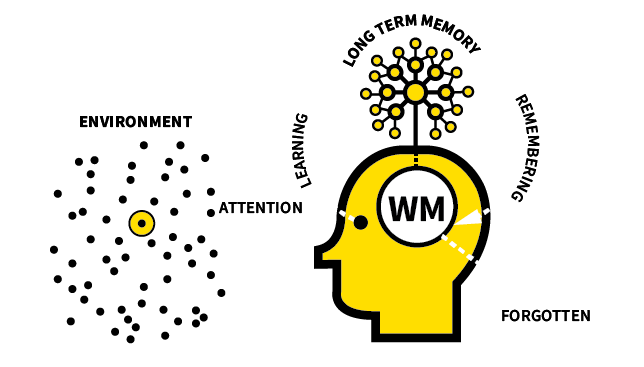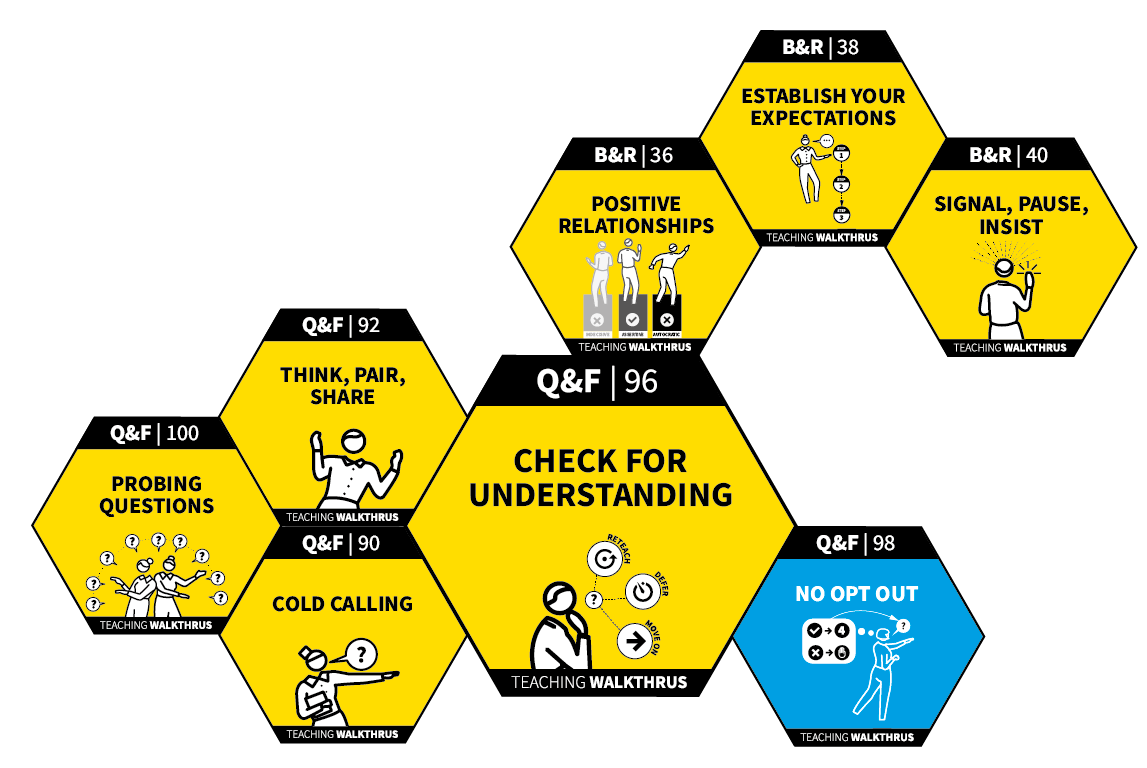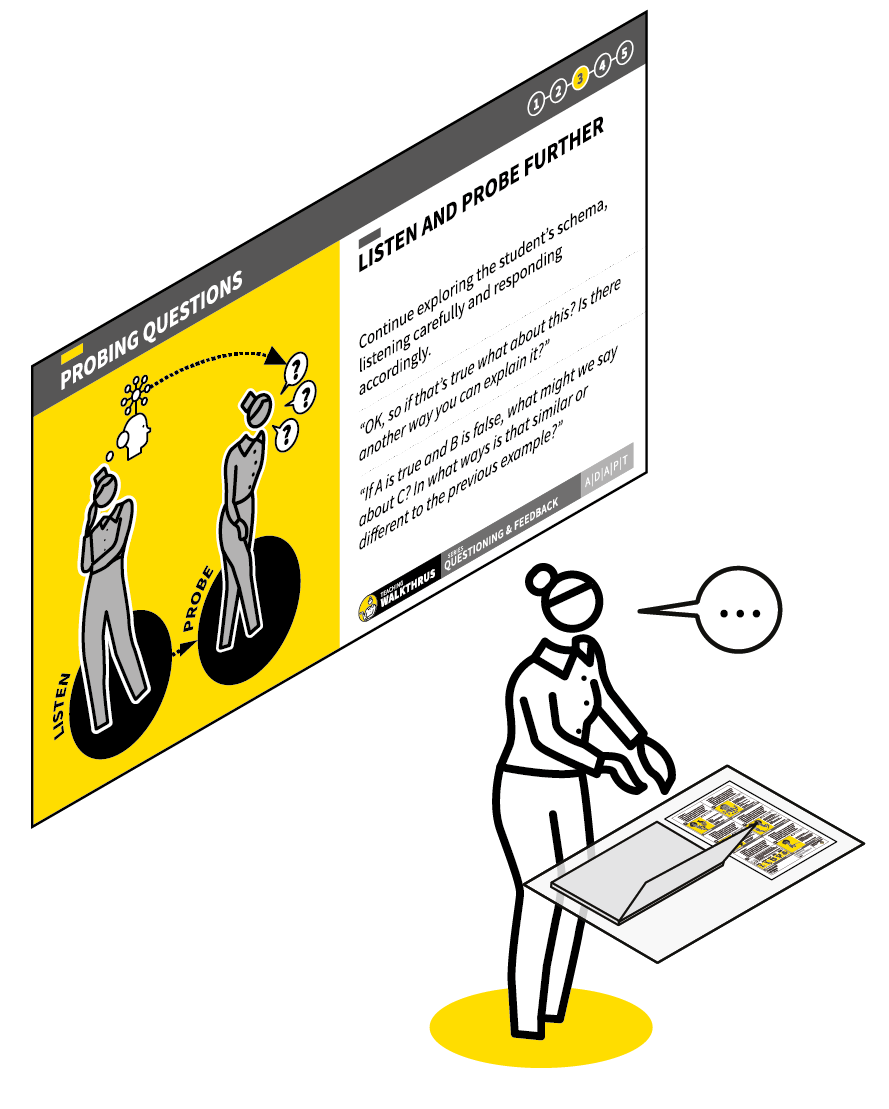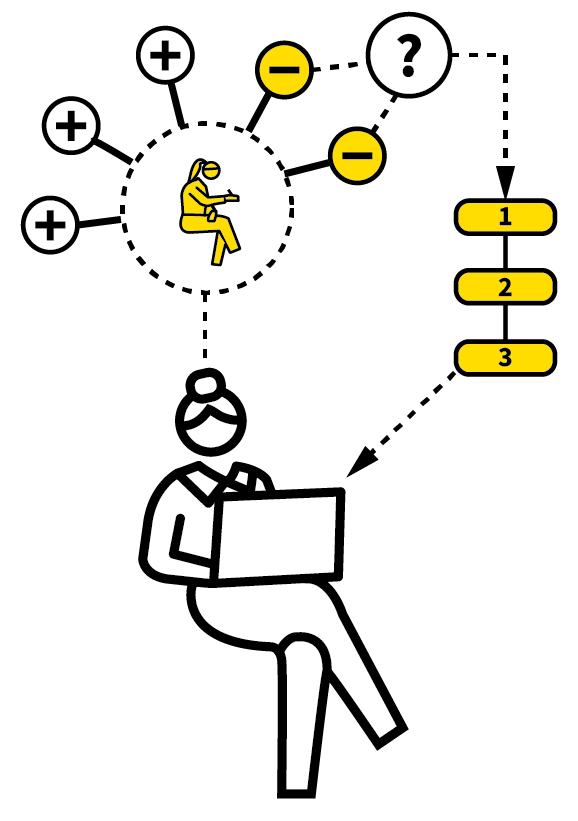TEAMS, PEOPLE.
You know your context, your staff and structures. Decide what the best vehicle will be for driving your professional learning process. There are numerous options. This blog by Tom Sherrington explores some of the possibilities.
Are you ready for one-to-one coaching?
Are you going to run this with all staff together, at least at first?
Would it be better to harness your existing year teams or subject teams?
Whichever structures you use, make sure each group has someone ready to take a lead on the coaching aspect. It’s very powerful if there is someone checking that the process is working and that people follow through on the commitment to their action steps. You will probably need to run additional training for people in the coaching role.
TEACHING & LEARNING FOCUS.
There are 160+ techniques in the toolkit which might seem overwhelming at first. However you only need to consider delivering training on a very small selection at any one time. Most of the time, the wider options sit in the background.
After some initial familiarisation, it’s vital to decide your focus areas. Crucially, always focus on areas based on an analysis of the teaching and learning problems your teachers and students experience.
The specific problems could vary from team to team or it could be appropriate to start with issues common across all teachers and students in your setting.
Our Problem-Solution tool, available to members on the Google Site, might help you get started.
KEEP THE WHY IN MIND.
In selecting techniques to focus on, ensure that the rationale for them is explored as part of the training. Our WalkThrus books provide a good overview of their underlying rationale and all our techniques are rooted in an understanding of the memory model from cognitive load theory.
Look at the A Model for Learning slides and video as part of your initial training. Invite teachers to discuss and share their understanding of the Why behind any techniques you select as focus areas.
CLUSTER BUILDER.
A popular aspect of WalkThrus toolkit is the cluster builder. This is available from the Cluster Tools section of the members’ Google Site. You can use the cluster builder tool to isolate the few WalkThrus that form the basis of your training either at an organisational level or team to team.
Use the visual organisation of the cluster to add emphasis to specific areas and to highlight links between them.
The idea is to use the cluster as a framework for your professional learning but even within this selection, teachers are likely to need to focus on one or two techniques at any one time.
Readers of the Teaching WalkThrus series can download our free cluster-builder tool to help them link WalkThrus from across all books to support them in their planning.
UNSURE WHERE TO START?
If you are overwhelmed by the possible choices, you might decide to start with our Core 10 selection. This is supported by a dedicated workbook.
If that seems too many to start with, then, based on our experience, we would suggest starting with the trio of Think Pair Share, Cold Calling and Check for Understanding. These techniques apply to nearly every teacher in most settings and they work as an excellent grounding in how WalkThrus works as a toolkit, helping teachers hone the steps in techniques they will use in nearly every lesson.
TIME STRUCTURE.
A key task for leaders is to map out your CPD cycles across your organisation’s calendar so that teachers can see clear timeframes to support their goal-setting. We recommend cycles that repeat every 2-4 weeks, giving teachers time to practise whilst also generating momentum in the improvement process.
For example, if you map out 38 weeks, that could accommodate 5 clear 7-week cycles, with some space between. Here a 7-week cycle might consist of three meetings, in Week 1, Week 4 and Week 7.
Or, it could be 6 6-week cycles, 8 4-week cycles or 12, 3-week cycles, all depending on how you define a cycle. The crucial thing is to map it all out across the year, ensuring key leaders and coaches have time to fit in learning walks and observations as part of the cycles.
TRAINING INPUTS.
A central feature of most effective professional learning programmes is high quality training inputs, linked to the ongoing coaching processes. Our toolkit has all you need to deliver superb training, helping your own training staff to model techniques and build teacher knowledge. This includes slides, videos, trainer notes and a range of teacher workbooks linked to each technique.
Make training sessions interactive by acting out strategies, scripting responses or discussing video clips from your setting. Give teachers time to discuss the possible pitfalls and challenges they foresee. The Theory, See it, Name it, Do it WalkThru is helpful to guide good training sessions.
COACHING PROCESS.
We recognise that there are multiple forms of coaching that can be effective with individuals, small groups and teams. The Coaching and Training section of the Googlesite contains all the support tools you need to develop the right process for your organisation, with sample videos, structured guidance sheets and plenty of background information based on our fieldwork.
We’re particularly keen to promote the Bambrick-Santoyo ‘5 Ps’ process which works incredibly well as a framework in multiple contexts. The Team Coaching slidedeck is also very helpful to guide that common approach.
Steplab users can now access the WalkThrus on the Steplab platform so you can combine their structured guidance on coaching with our wider CPD framework and toolkit.
REALITY CHECK.
An important element of teacher development is the role of feedback. Teachers are not always best placed to evaluate their own practice objectively and it is important to design routines that allow teachers to gain a reality check on how things are going in their lessons.
A number of tools and WalkThrus in the Observation Processes section can support you with this. Take a look at:
Observations
Solve the Learning Problems
Unseen Observations
Video Self-Observation
The insights gained from all these processes can feed into your CPD cycles and coaching sessions, providing material for precise praise, probing and deciding on the action steps to follow.
EVALUATE.
After you have completed one or more cycles, using WalkThrus techniques in your team or individual coaching sessions, it’s important to evaluate the impact. If you find there is still mileage in continuing to focus on the same set of techniques or steps, it is worth pursuing them further. It’s better to see impact with a few core techniques than rush on.
If you feel that teacher and student habits are changing and things are improving sufficiently, you might decide to include another set of WalkThrus to focus on so that you expand the range of your overall coaching process. This might apply to a whole team or just to each individual. Don’t pre-plan the whole set of WalkThrus content for the year head, term by term. Allow your evaluation process to shape your decision-making in a responsive way.














